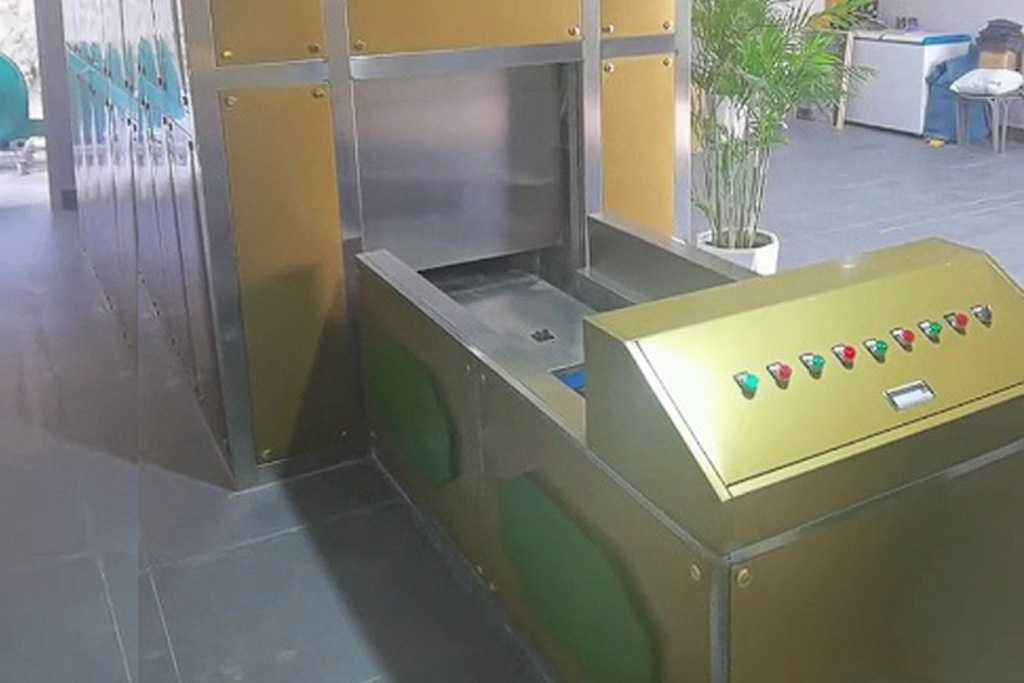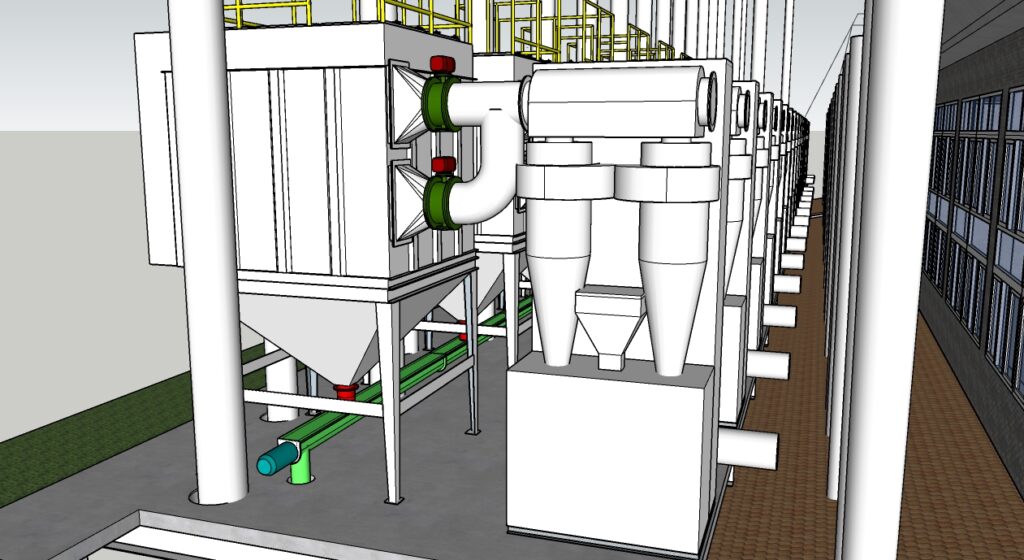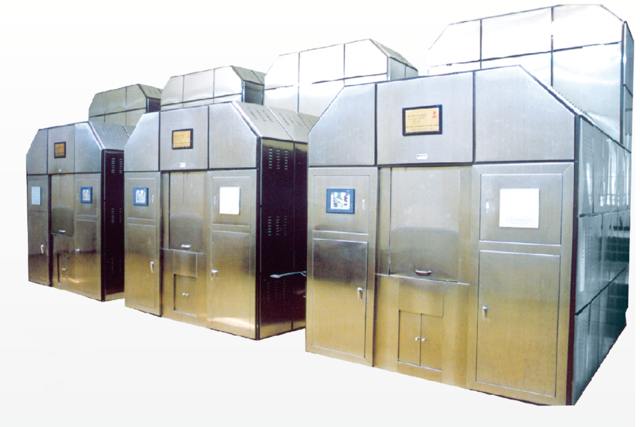Losing a beloved pet can be an incredibly painful experience. They bring so much joy and companionship to our lives, and saying goodbye is never easy. That's where pet cremation can provide a compassionate and meaningful farewell for your furry friend.
In this ultimate guide to pet cremation, we will walk you through the entire process, answering all your questions and guiding you step by step. From understanding the different types of pet cremation to choosing the right urn or memorial for your beloved companion, we have you covered.
Our brand believes in treating pets with utmost respect and dignity, and our compassionate approach sets us apart. We understand the importance of cherishing the memories of your furry loved ones and providing closure during this difficult time.
Whether you are considering private or communal cremation, scattering their ashes or keeping them close to your heart, our guide will help you make informed decisions that honor your pet's memory. Gain peace of mind and find solace in knowing that you can give your beloved companion a fitting farewell through pet cremation.
Join us as we explore the compassionate world of pet cremation and discover the possibilities of creating a lasting tribute for your cherished furry friend.
Understanding pet cremation: What is it and why is it important?
Pet cremation is a process that involves the incineration of a deceased pet's body, reducing it to ash and bone fragments. This method of disposition has become increasingly popular among pet owners due to its practical and emotional benefits. Understanding pet cremation is essential, especially as pet owners grapple with the profound loss of their beloved companions. It provides a dignified way to part with a cherished friend while offering various options for memorialization that can help keep their memory alive.
The significance of pet cremation goes beyond physical disposal; it also encompasses the emotional journey of saying goodbye. For many, pets are considered family members, and their loss can evoke deep grief. Cremation allows owners to retain a physical part of their pet, whether through the ashes or memorial items, which can ease the pain of separation. This process facilitates a respectful farewell, helping pet parents honor the life and love that their pets provided during their time together.
Moreover, pet cremation can contribute to environmental considerations, as it can be a more eco-friendly option compared to traditional burial methods. Many pet owners appreciate the flexibility and control that cremation offers in terms of memorialization. The ability to choose how to handle the remains can provide a sense of closure and allow for personalized tributes, making it a meaningful alternative during a challenging time.
The different types of pet cremation options available
When it comes to pet cremation, there are generally two primary options: communal cremation and private cremation. In communal cremation, multiple pets are cremated together, and the remains are typically not returned to the owners. This option is often more affordable and can be a suitable choice for those who are less concerned about retaining their pet's ashes. It allows for a respectful farewell while providing a sense of closure without the need for physical remains.
On the other hand, private cremation offers a more individualized approach. In this case, your pet is cremated alone, and you receive the ashes back in a container of your choice. This option is ideal for pet owners who wish to keep their pet's ashes close or create a memorial. Many pet owners find comfort in having their pet's remains with them, and private cremation allows for that personal connection. Additionally, some services offer the option to witness the cremation, providing an opportunity for an even more profound farewell.
There are also specialized cremation services that cater to specific needs. For instance, some facilities may offer organic cremation, which uses environmentally friendly methods to dispose of remains. Other options include aquamation, where the body is dissolved in a water-based solution. These alternatives may appeal to pet owners who prioritize eco-conscious practices in their decision-making.
Choosing a pet cremation service: Factors to consider
Selecting the right pet cremation service is a critical step in ensuring a respectful farewell for your beloved companion. One of the first factors to consider is the reputation of the cremation provider. Researching customer reviews and testimonials can offer insights into the quality of their services. A reputable facility will prioritize compassion and professionalism, providing a supportive environment during a difficult time. It is essential to trust that your pet will be treated with dignity.
Location is another important consideration. You may want to choose a cremation service that is conveniently located, as this can ease the logistics of transport during a challenging time. Additionally, some facilities may offer mobile services, allowing them to come to your home for pick-up. This option can provide added comfort, as it allows you to say goodbye in a familiar environment.
Transparency in pricing and services is also crucial when selecting a cremation provider. It's essential to inquire about what is included in the cremation service, whether it is communal or private, and any additional options available for memorialization. Understanding the costs involved helps you budget effectively and make informed decisions without any surprises. A trustworthy service will provide clear and comprehensive information on their pricing structure.
The process of pet cremation: What happens to your pet's remains?
The pet cremation process begins with the transportation of your pet's body to the cremation facility. Depending on the chosen service, you may either take your pet directly to the facility or schedule a pick-up. Upon arrival, the staff will treat your pet's body with the utmost respect, ensuring a dignified handling process. If you have chosen private cremation, the facility will typically weigh your pet to determine the appropriate cremation chamber required for the process.
Once the preparations are made, your pet will be placed in the cremation chamber. The chamber is heated to high temperatures, which allows for the rapid and complete cremation of the body. This process can take anywhere from one to three hours, depending on the size of your pet. During this time, the remains are reduced to ash and bone fragments, which are then processed into a fine powder. This is a standard procedure that ensures all remains are properly handled and prepared for return to the pet owner.
After the cremation is completed, the ashes are collected and placed in a container. For private cremations, you will be able to choose from various urns or containers, allowing you to select one that resonates with your pet’s personality or your preferences. If you opted for communal cremation, the remains will be scattered or disposed of in a respectful manner, often in a designated area of the facility. Understanding this process can help alleviate any concerns or fears you may have about how your pet’s final moments will be handled.
Memorializing your beloved companion: Urns, jewelry, and other keepsakes
Memorializing your pet after cremation is a beautiful way to keep their memory alive. One of the most common options is to use an urn to hold your pet's ashes. Urns come in various designs, materials, and sizes, allowing you to choose one that reflects your pet's personality or your aesthetic preferences. Some pet owners opt for decorative urns that can be displayed in their homes, while others may choose more subtle designs that blend with their decor.
In addition to traditional urns, many pet owners explore creative ways to memorialize their companions. Pet memorial jewelry has gained popularity, allowing individuals to wear a piece that contains a small amount of their pet's ashes or a lock of fur. This can serve as a constant reminder of the bond shared with your pet, providing comfort in times of grief. There are also options for personalized jewelry, such as engraved pendants or bracelets that feature your pet's name or paw print.
Other keepsake options include memorial stones, photo frames, or even custom art pieces that celebrate your pet's life. Some companies offer services to create a portrait or sculpture based on a photo of your pet. These unique mementos can serve as a tribute to your pet’s individuality and the joy they brought to your life. Regardless of the method you choose, memorialization plays an essential role in the grieving process, allowing pet owners to honor their loved ones in meaningful ways.
The cost of pet cremation: What to expect and how to budget
Understanding the costs associated with pet cremation is crucial for pet owners as they navigate this challenging experience. The price of cremation services can vary significantly based on several factors, including the type of cremation chosen (communal vs. private), the size of the pet, and the specific services provided by the cremation facility. On average, communal cremation tends to be more affordable, ranging from $30 to $150, while private cremation costs typically range from $150 to $500 or more, depending on the urn and memorial options selected.
In addition to the basic cremation fees, there may be additional costs for services such as transportation, memorial items, or personalized urns. It’s essential to inquire about the full range of services provided and any potential additional charges. Many facilities will offer packages that include various elements, such as transportation, cremation, and an urn, which can simplify budgeting and help you understand the total cost upfront.
When budgeting for pet cremation, it’s a good idea to set aside funds in advance if possible. Some pet owners find it helpful to discuss their budget with the cremation service provider, as they may offer options to accommodate different financial situations. Remember that while the cost is an important factor, the quality of care and compassion provided by the facility should also be a priority. Ultimately, investing in a dignified farewell for your beloved pet can provide peace of mind during a difficult time.
Pet cremation etiquette: Tips for a respectful farewell
Navigating the process of pet cremation can be emotionally charged, and understanding the etiquette around it can help ensure a respectful farewell. One of the first things to consider is how to communicate the loss of your pet to others. While you may want to share your grief with friends and family, it's essential to gauge their comfort levels and be sensitive to how you express your emotions. Some may not know how to respond, so gentle communication can foster understanding and support during this time.
When preparing for the cremation itself, consider holding a private goodbye ritual. This can be a moment to honor your pet's life, allowing you to express your love and gratitude before their remains are taken for cremation. It might include reading a poem, sharing memories, or simply spending a quiet moment together. This personal farewell can be cathartic and provide closure, not only for you but for family members who shared a bond with your pet.
After the cremation, it is essential to handle the ashes and memorial items with care and respect. If you choose to scatter the ashes, select a meaningful location where your pet loved to play or spend time. Make this act intentional, as it can help you feel a sense of connection to your pet even after their passing. Sharing your plans with others can also help them understand your grieving process and allow them to support you in your choices.
Finding closure and healing after the loss of a pet through cremation
The loss of a pet can leave a profound emptiness in our lives, and finding closure is an essential part of the healing journey. Pet cremation provides a tangible way to say goodbye, allowing owners to keep a piece of their beloved companion close. This physical presence can serve as a comforting reminder of the joy and love shared between the pet and owner. Many pet owners find solace in creating a special space for the urn or memorial items, helping to keep their pet’s memory alive.
Another aspect of healing involves allowing yourself to grieve openly and authentically. This process is unique for everyone, and it’s essential to honor your feelings without judgment. Engaging in rituals, such as lighting a candle in memory of your pet or creating a scrapbook of photos and memories, can facilitate the grieving process. These activities provide opportunities to reflect on the joy your pet brought to your life, reinforcing the bond shared.
Support from friends, family, or pet loss support groups can also play a crucial role in the healing process. Talking about your feelings and experiences with others who have faced similar losses can help alleviate feelings of isolation and sadness. Many pet owners find comfort in knowing they are not alone in their grief and that their feelings are valid. Remember, healing takes time, and it's perfectly okay to seek help or lean on loved ones as you navigate this difficult journey.
Frequently asked questions about pet cremation
As you consider pet cremation, you may have various questions about the process, options, and emotional implications. One common question is about the difference between communal and private cremation. As previously discussed, communal cremation involves the cremation of multiple pets together, with the ashes not returned to the owner, while private cremation ensures that a single pet is cremated alone, and the ashes are returned. Understanding these distinctions can help you make a choice that aligns with your values and desires.
Another frequent inquiry concerns the timeline for receiving the ashes after cremation. This can vary by facility, but many cremation services aim to return the ashes within a week or two following the procedure. It’s important to communicate with your provider about their specific timeline to manage expectations. Additionally, some facilities may offer expedited services for an additional fee, should you require the ashes sooner.
Many pet owners also wonder about the legalities of pet cremation. In most regions, pet cremation is legal and regulated, but it’s advisable to check local regulations or consult with your cremation service provider. They can provide guidance on the necessary steps and paperwork involved. Being informed about these details can help ease any concerns and allow you to focus on honoring your pet's memory.
Conclusion: Honoring your pet's memory through the compassionate act of cremation
The loss of a beloved pet is a heart-wrenching experience, and pet cremation offers a compassionate way to say goodbye while honoring their memory. Understanding the various options available, choosing a reputable service, and selecting meaningful memorial items can help you navigate this challenging time with dignity and respect. Through the process of cremation, you can create a lasting tribute that reflects the unique bond you shared with your furry friend.
Memorializing your pet in a way that resonates with you can be a powerful step toward healing. Whether you opt for an urn, memorial jewelry, or a personalized keepsake, these tangible reminders can bring comfort and help preserve the joy your pet brought to your life. Remember, the grieving process is personal, and it’s essential to give yourself the grace and time needed to heal.
In conclusion, pet cremation is not just a means to an end; it’s an opportunity to celebrate a life filled with love and companionship. By approaching this process with compassion and understanding, you can ensure that your beloved pet receives the respectful farewell they deserve. Embrace the possibilities of memorialization, and allow yourself to cherish the beautiful memories that will forever remain in your heart.



